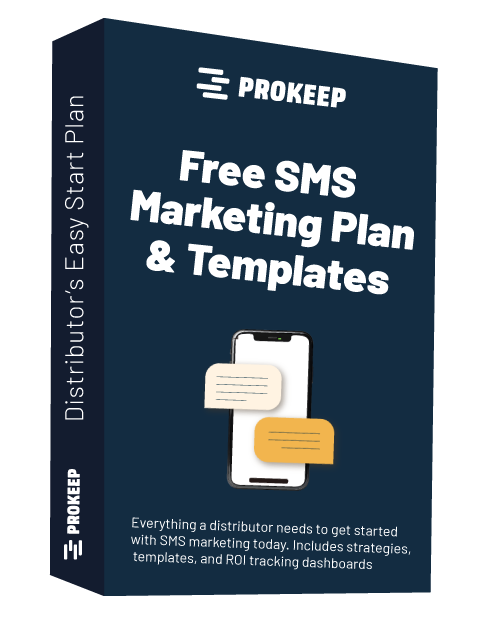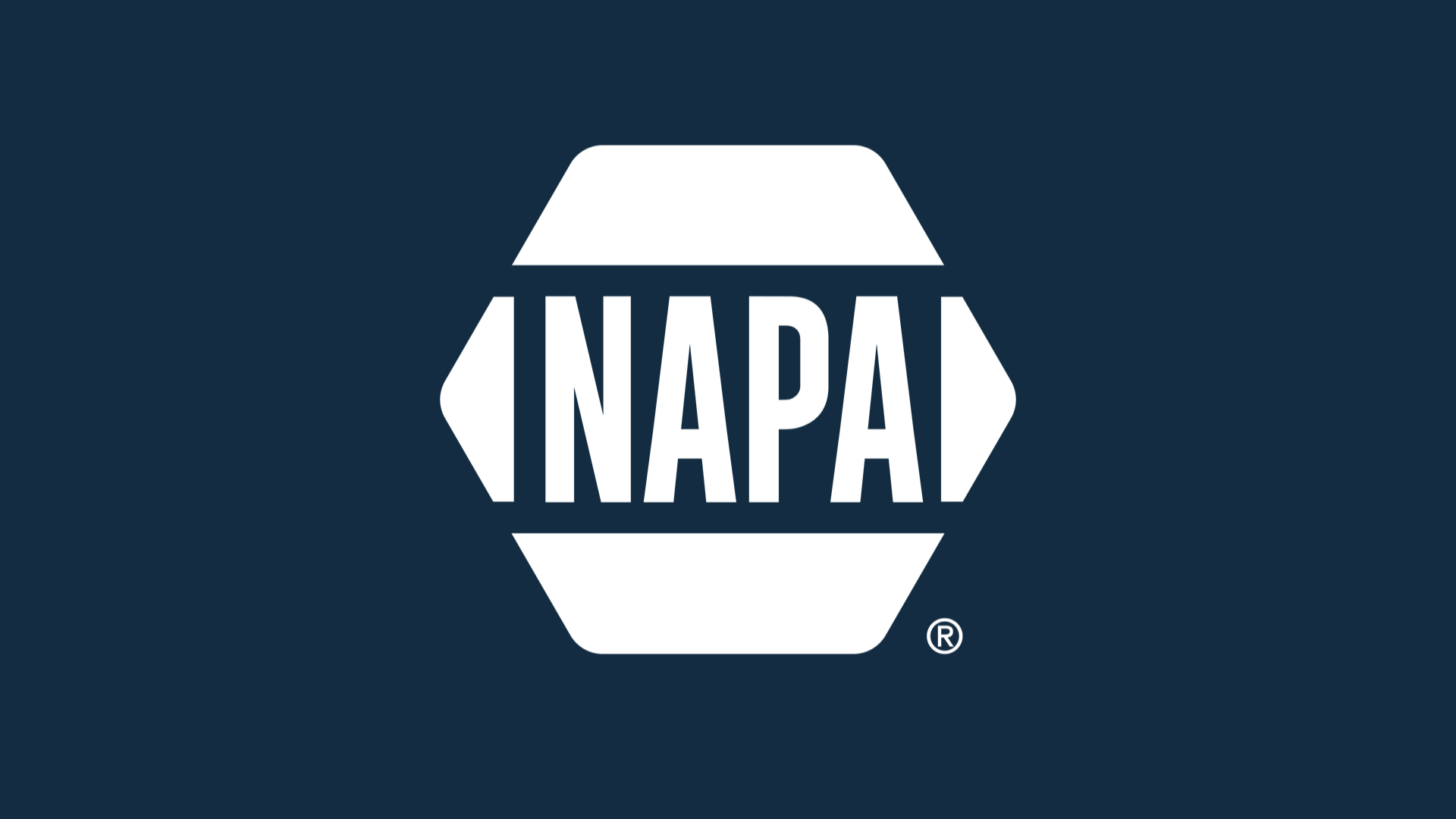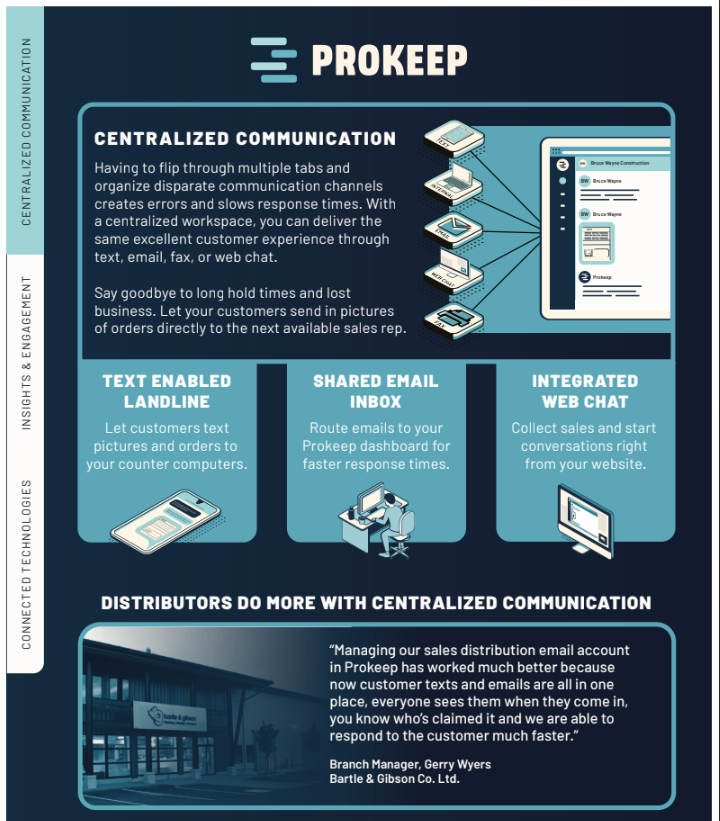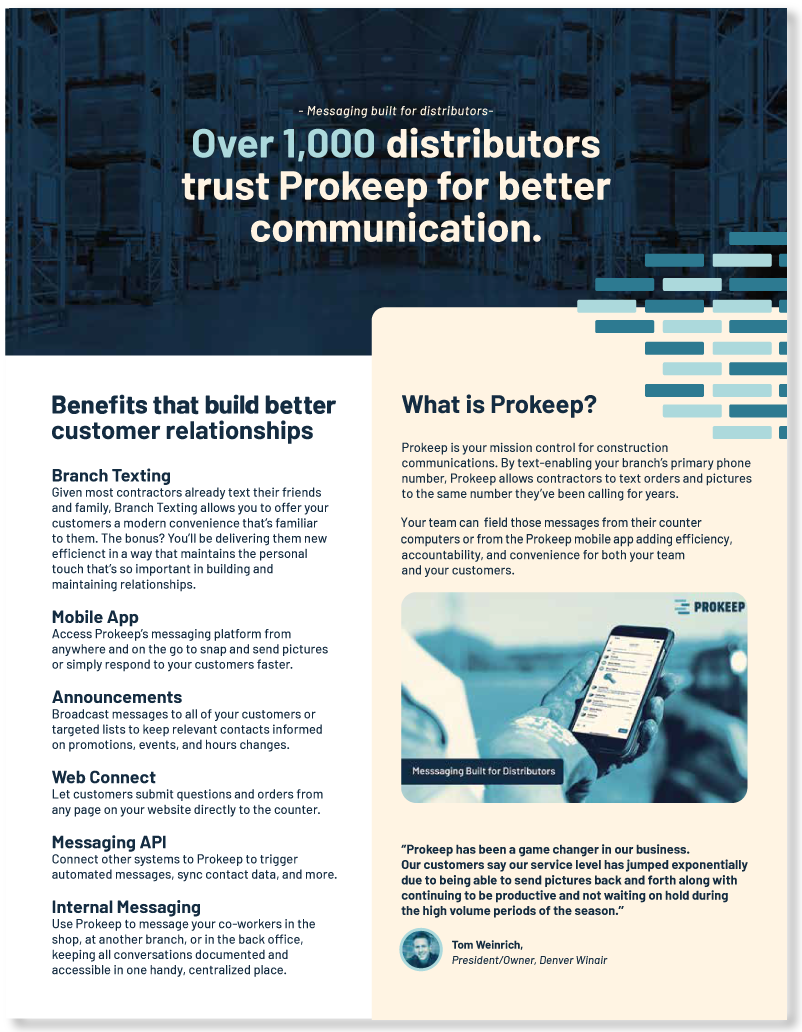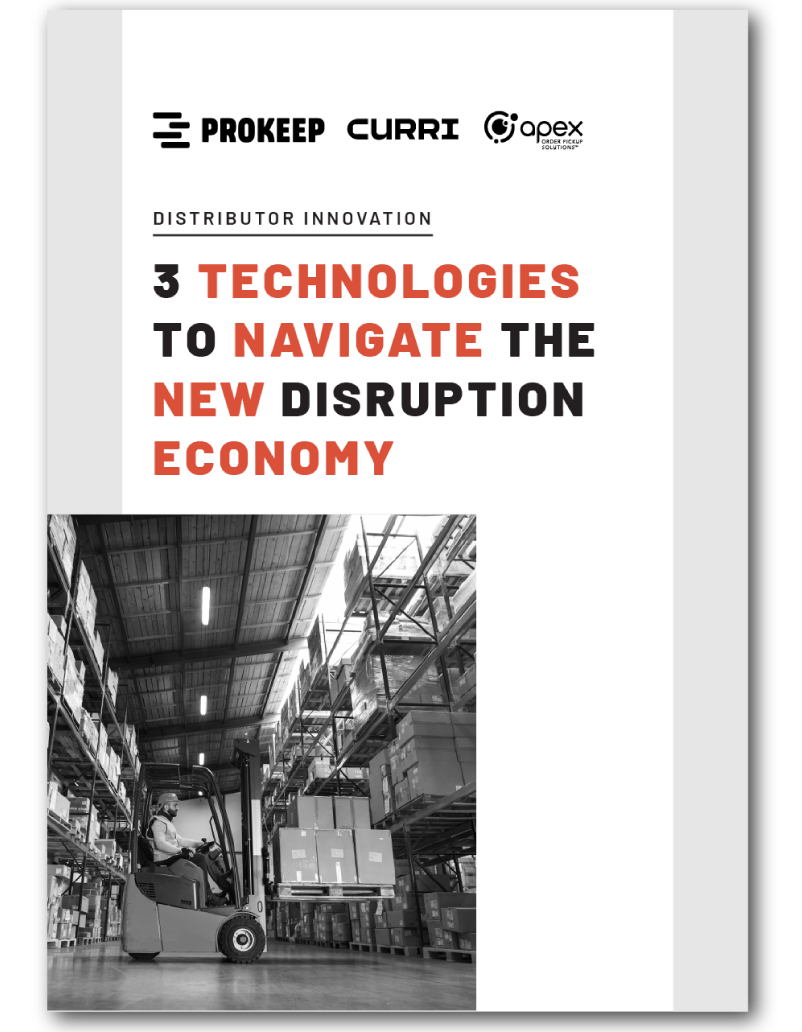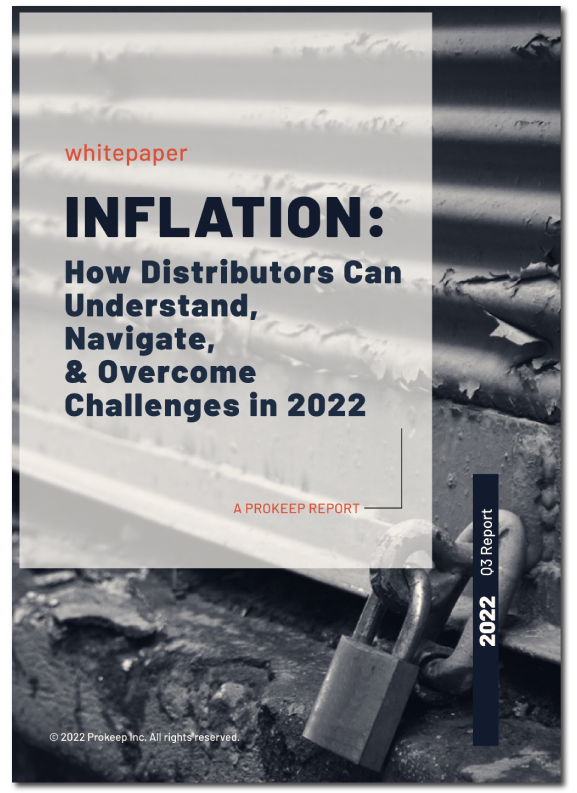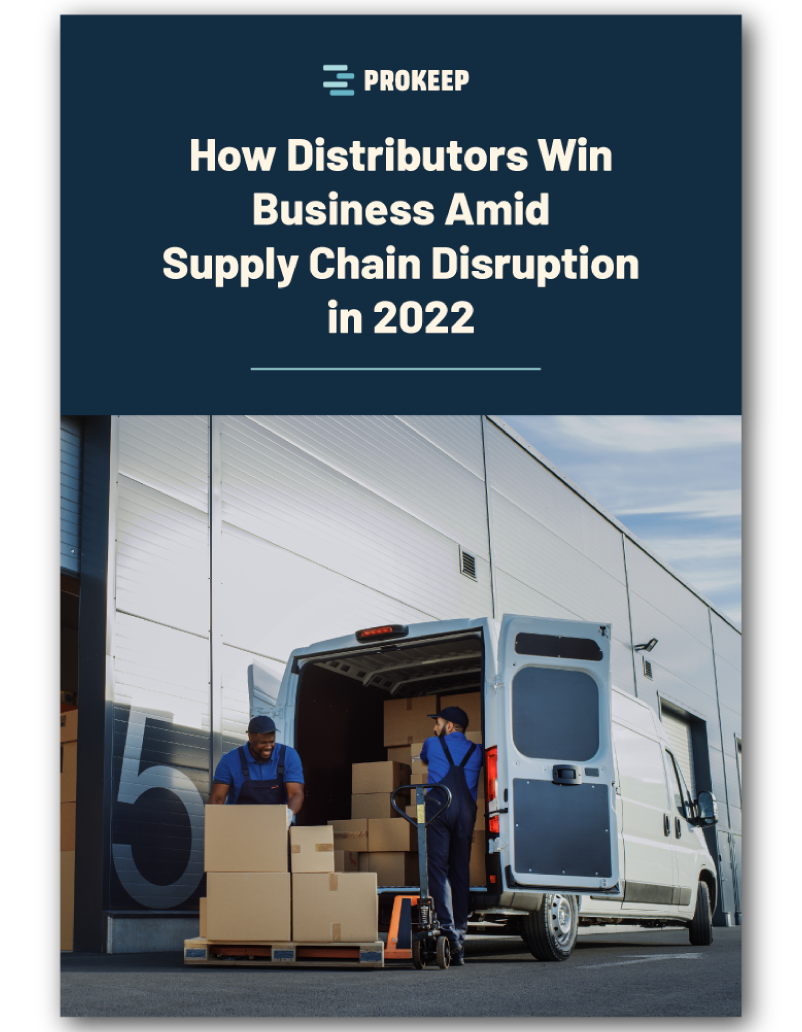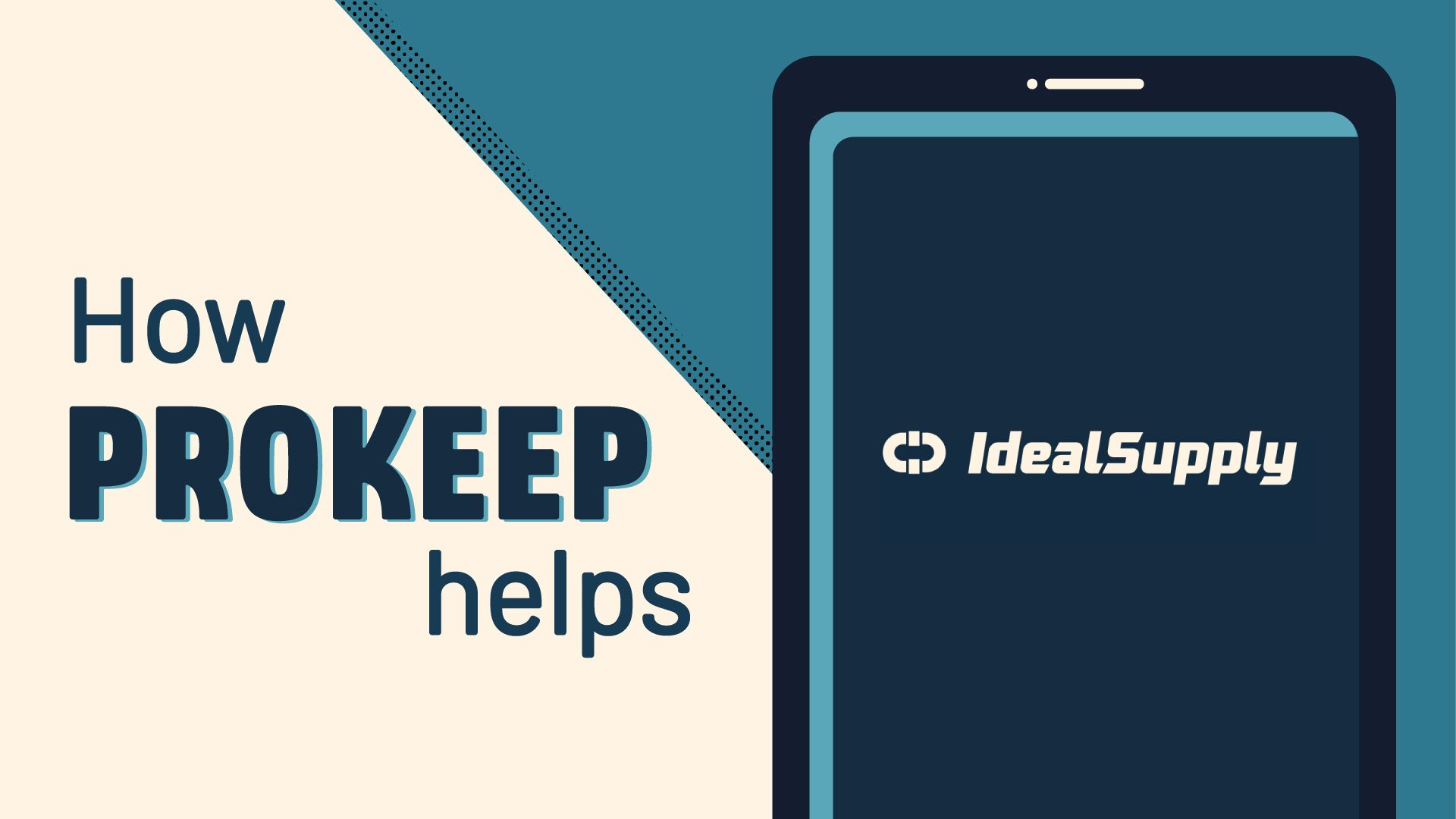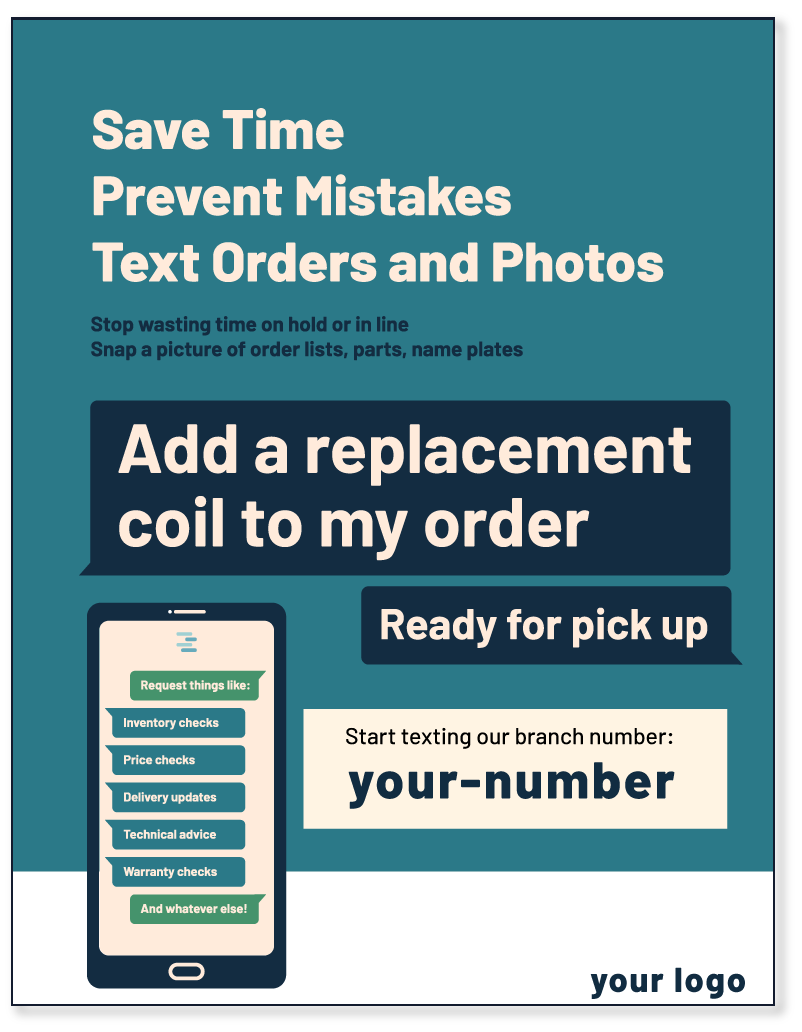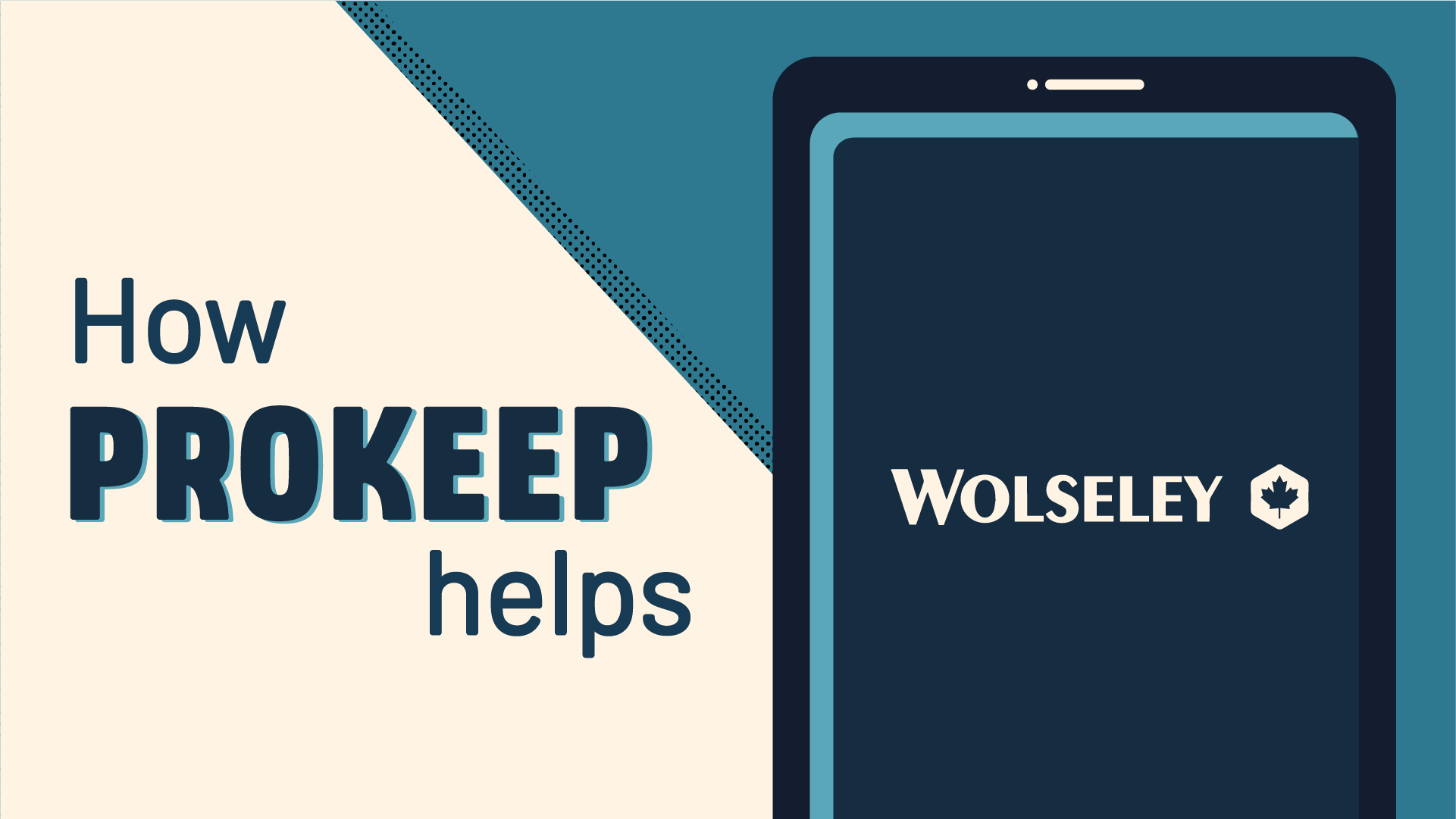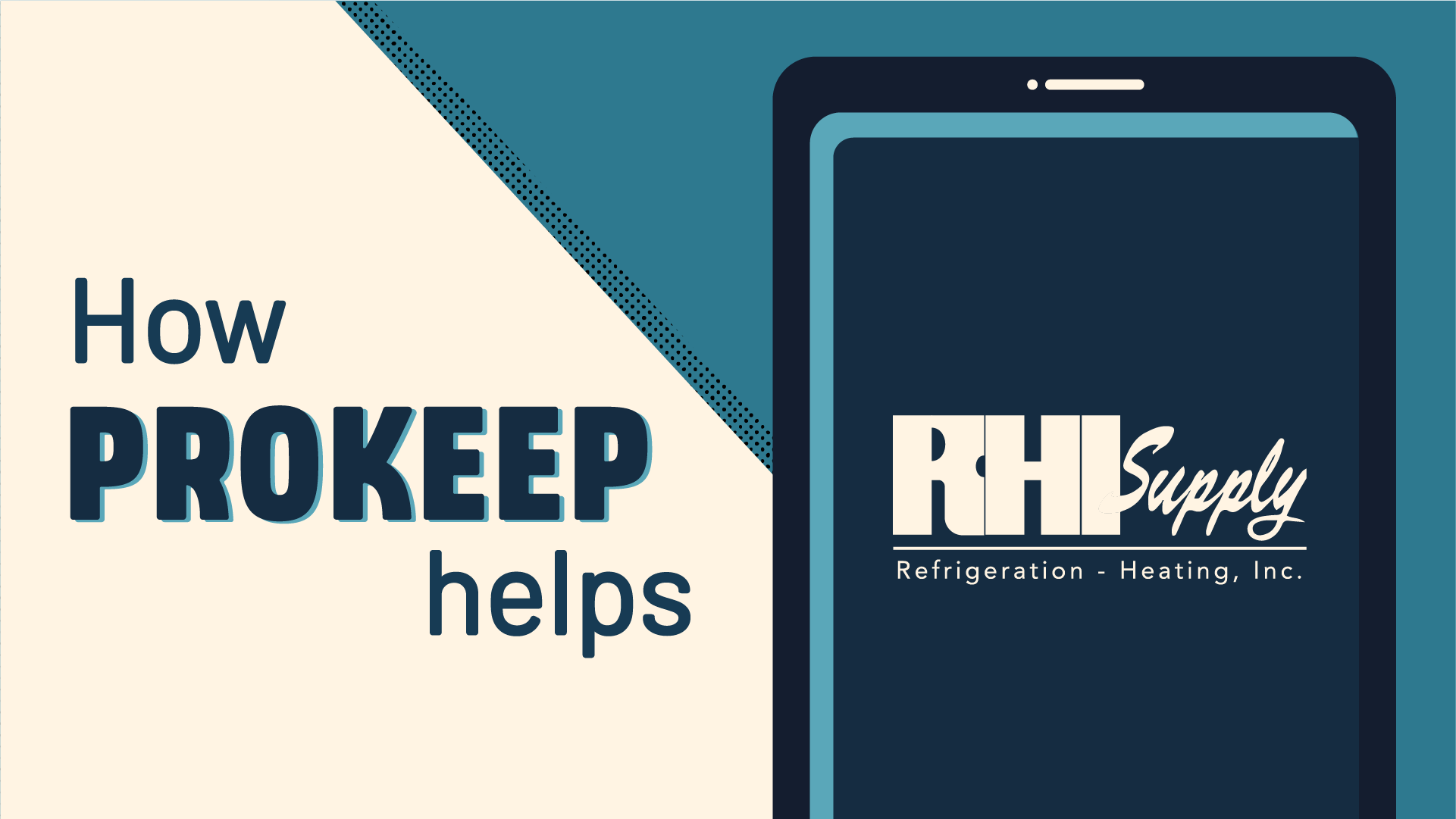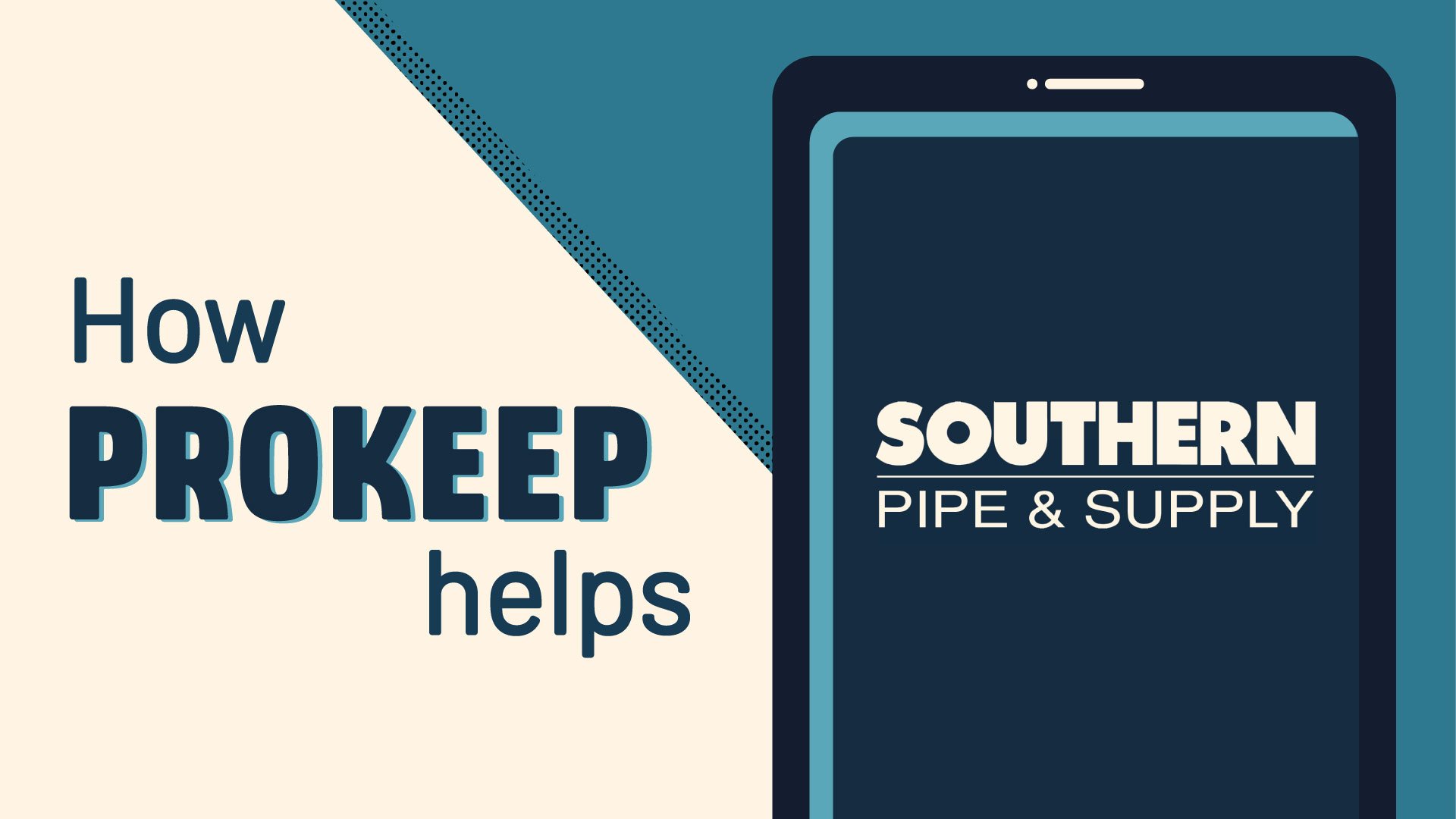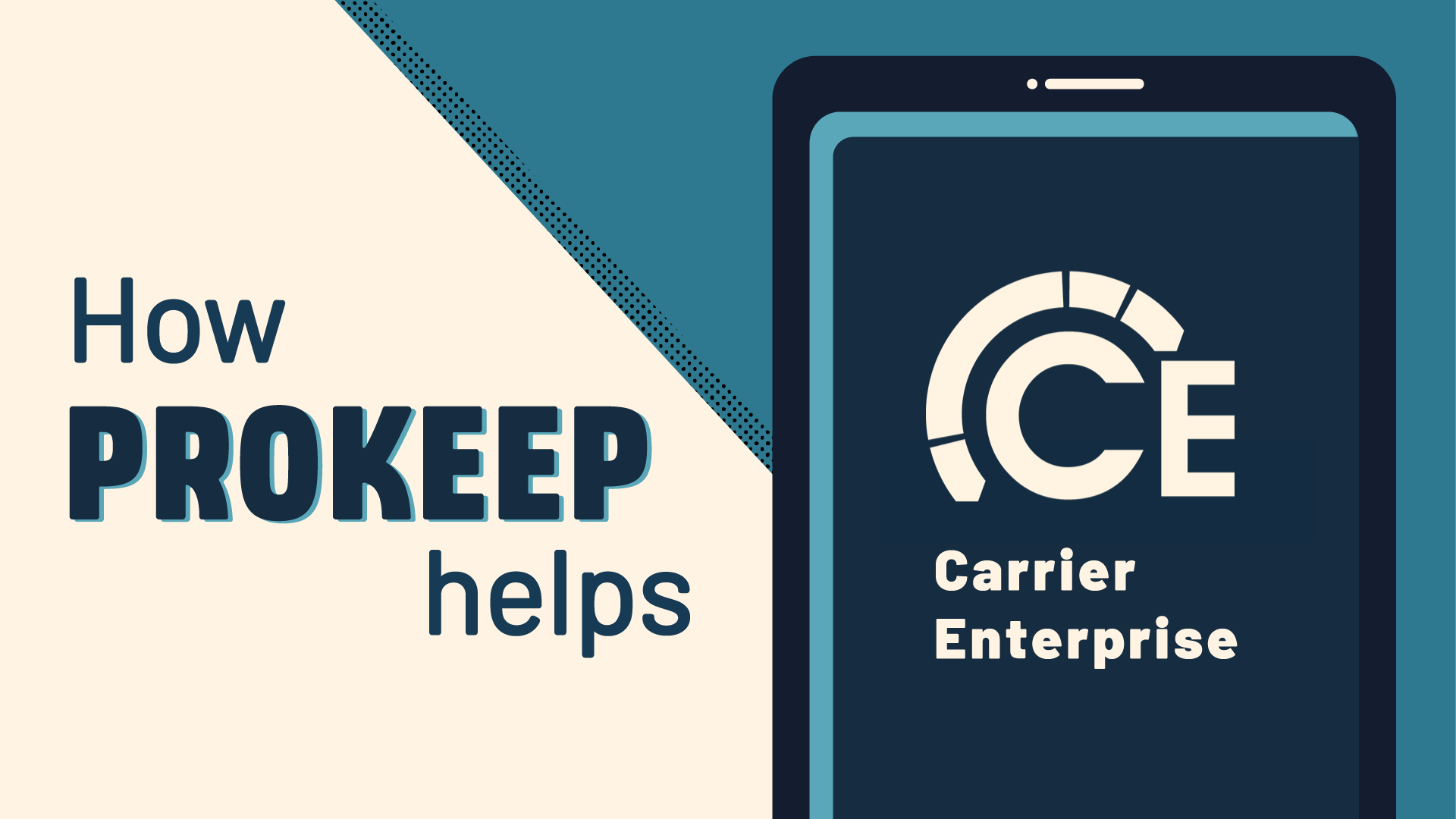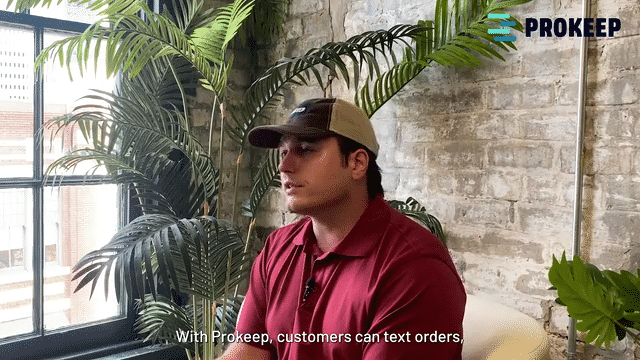What Is Quality Data (and Why It Matters for Distributors)


What Is Quality Data?
Definition:
Quality data is information that is accurate, complete, timely, consistent, and usable across your systems and teams. For distributors, that means customer and product details you can trust to quote fast, fulfill correctly, and follow up confidently.
How it fits into day-to-day operations:
- Counter reps pull customer records, part numbers, and past orders without retyping or guessing.
- Inside sales builds targeted lists (e.g., contractors who bought condensers last spring) and runs campaigns that actually land.
- Branch managers see clean pipeline and service activity data to coach teams and forecast demand.
Why Quality Data Matters for Distributors
Poor data doesn’t just make your CRM messy; it drains time and margin across the branch. Reps spend longer on calls hunting for the right contact or part history. Quotes go out with wrong pricing or outdated specs. Orders come back as returns. Pipelines fill with “ghost” accounts that never buy, skewing forecasts and distracting the team. Multiply that by every branch and you’ve got frustrated customers and lost orders.
Maintaining Quality Data
Maintaining good data isn’t a one-time cleanup—it’s a simple rhythm your team repeats. Set clear expectations, keep everything in one place, tidy routinely, and use what you learn to improve the process.
5 Simple Steps
- Set standards: Decide required fields, formats, and a single source of truth.
- Centralize input: Funnel updates into one system to avoid side spreadsheets and duplicates.
- Adopt good habits: Train your team to use naming conventions, complete key fields, and log interactions the same way every time.
- Integrate systems for consistency: Connect CRM/ERP/email so updates sync automatically and records stay aligned.
Common Pitfalls & How to Avoid Them
- Over-messaging: Segment tightly; cap frequency; prioritize value.
- Poor data hygiene: Schedule monthly de-dupe and consent checks.
- No follow-up: Automate quote reminders and dormant reactivation touches.
- Tool sprawl: Centralize communication and logging to a single timeline per customer.
What to Use (Tooling Overview)
What to Look For in a Platform
- Centralized visibility: One customer timeline across text, email, phone notes, and quotes.
- Compliance & integration: Built-in opt-out handling, audit trails, and ERP/CRM sync.
- Analytics & reporting: Segment performance, branch dashboards, campaign attribution.
- Role-based control: Branch-level permissions, templates, and list access.
Note: Distributor workflows benefit most from tools that capture every conversation and tie it back to orders and quotes so teams can act fast with confidence.
FAQ
1) How “clean” does my data need to be before I start?
Aim for 80–90% valid contacts and no obvious duplicates in your pilot segment. Perfection isn’t required—momentum is.
2) Do I need consent for every message?
Transactional updates often don’t require marketing consent, but promotional texts/emails do. Include opt-out language and track consent status.
3) What’s the fastest way to prove ROI?
Run a 90-day dormant reactivation at one branch. Measure orders captured in 14 days vs. a prior baseline.
4) How often should we de-dupe and refresh data?
Light hygiene monthly, deeper audits quarterly. Tie it to a cadence so it actually happens.
5) What if reps prefer phone calls?
Great—log the call outcome and next step in the customer timeline. Quality data includes human notes that make the next touch smarter.
Why Good Data is the Foundation of Strong Customer Relationships
Relationships are built one interaction at a time — and each interaction relies on data. Whether it’s a phone number, a note on a quote, or a text thread with a counter customer, each piece of information influences how customers experience your team.
When data is incomplete or inconsistent, relationships fall through the cracks. But when it’s clean, connected, and up-to-date, every branch, rep, and customer benefits.
Good data isn’t about gathering more. It’s about having the right information — accurate, organized, and ready to use.
The Hidden Cost of Bad Data in Your Business
There is a hidden cost of bad data in your business. It leads to bounced texts, misrouted quotes, duplicate outreach, and “ghost” contacts that skew reports, forcing reps to chase confirmations instead of serving customers. And on top of that, bad data doesn't equip your team with what they need to sell proactively.
How Clean Data Builds the Foundation for Proactive Sales
Clean data is the starting line for proactive sales. It gives reps clear visibility into who’s due to reorder, which accounts are going quiet, and what to offer next. This way, instead of sitting and waiting for the phone to ring, their outreach is timely, relevant, and confident.
Centralized Data: The Secret to Smarter, Faster Selling
Centralized data means every quote, order, email, and text lives in a single, connected view—so reps sell with context rather than guesswork. When information is unified, teams share the same up-to-date record, answers come faster, quotes go out sooner, errors drop, and sales cycles shrink. Fragmented systems do the opposite: they hide details across tools, create conflicting notes, slow responses, and force workarounds that waste hours. Put simply, a single source of truth turns scattered activity into coordinated execution—customers stop waiting, and your team focuses on selling.
Your Contact Data Should Be an Asset, Not a Burden: Building a Live, Accurate Contact System
Your contact data should work like a living system—not a static list that needs constant fixing. When records update automatically as customers text, email, or order—and stay centralized, de-duplicated, and consistent—your team stops wasting hours hunting down numbers or reconciling lists and starts selling faster with confidence. A “live” contact system keeps information current, complete, and connected across branches, reducing friction, protecting trust, and turning everyday outreach into momentum instead of maintenance.




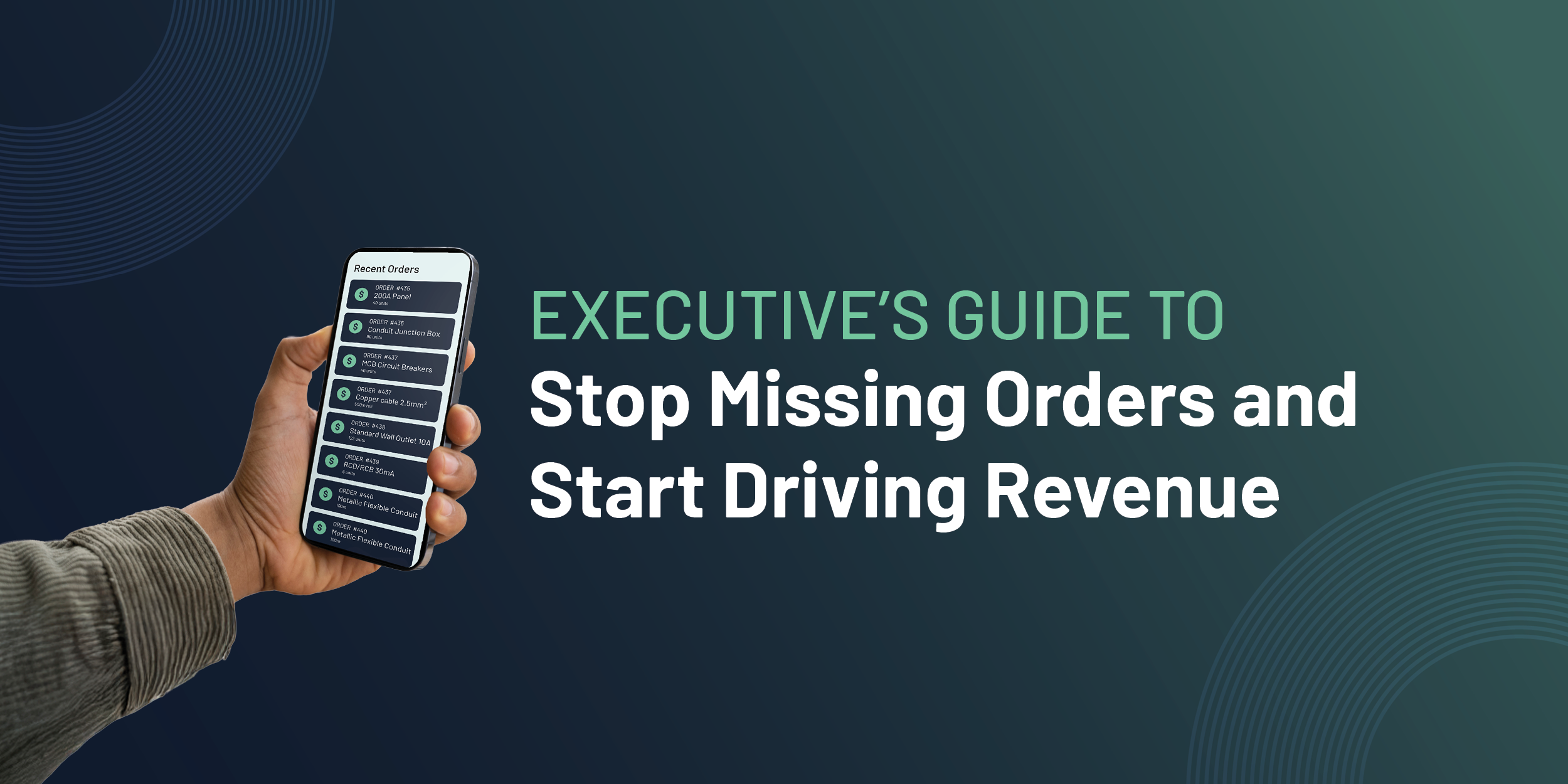
.png)
.png)

